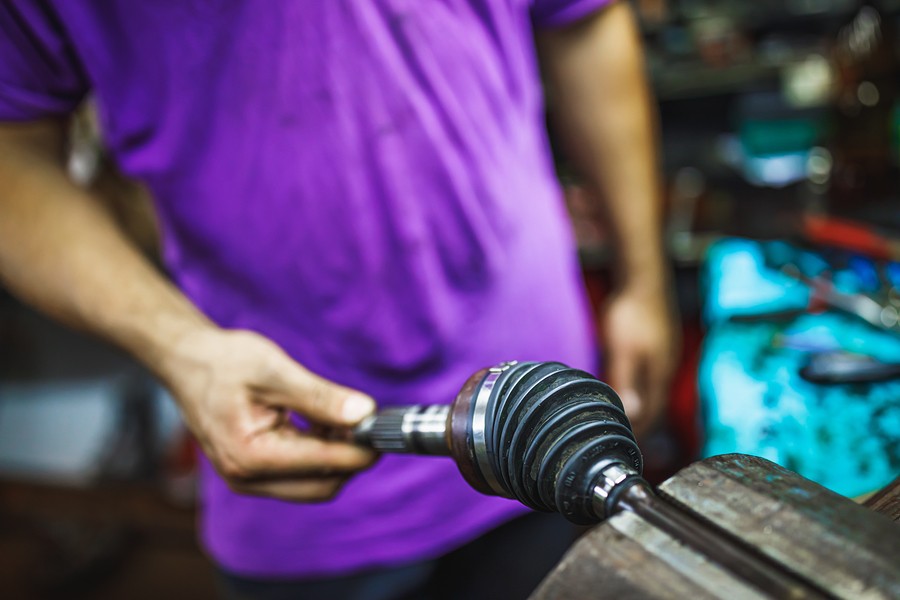The transmission is the part of your car that transfers power from the engine to the drive wheels. It includes gears, a torque converter, and a differential. Unfortunately, when one or more of these components breaks down, it can cause serious problems with your vehicle's performance, and you could be left stranded on the side of a road somewhere. That's why it pays to know what you should do if this ever happens again.
In this article, we will discuss all transmission problems after CV joint replacement to prepare you for any future troubleshooting needs. We will cover how to identify common symptoms when something goes wrong with your transmission, what parts might have been replaced during an overhaul service or in response to diagnostic testing results, and finally, some of the most common causes that may lead to transmission failure the future.
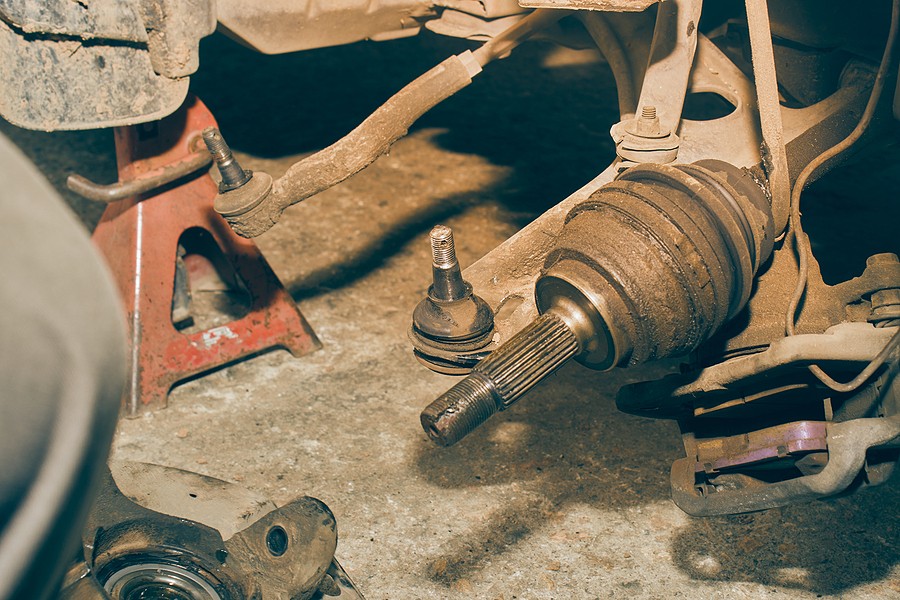
What is the transmission, and what's its main role in your vehicle?
The transmission is one of the main parts in your vehicle that receives power from the engine to transfer it along to other components. The transmission typically includes a torque converter and a gearbox in a car.
A G-force sensor can also be included in this system, allowing for better performance through activating functions such as ABS and stability control when driving.
A differential is also one major transmission component that distributes power to different wheels, which allows for better maneuverability and traction on various surfaces.
There are two different types of transmissions in the world of automobiles:
#1 Manual Transmission:
This is a transmission where the vehicle has to be shifted manually. There is no automatic option for this type of transmission, and the driver manages to shift gears with a gear stick, which typically offers three or more speeds forward. This type of transmission makes it easier for people who enjoy having greater control over their vehicles, but it also tends to be more expensive to fix if something goes wrong.
#2 Automatic Transmission:
This type of transmission is where the vehicle can change gears on its own using electromechanical or hydraulic processes, which are controlled by a computer system. This allows for fewer distractions while driving and comes with more problems if something goes wrong.
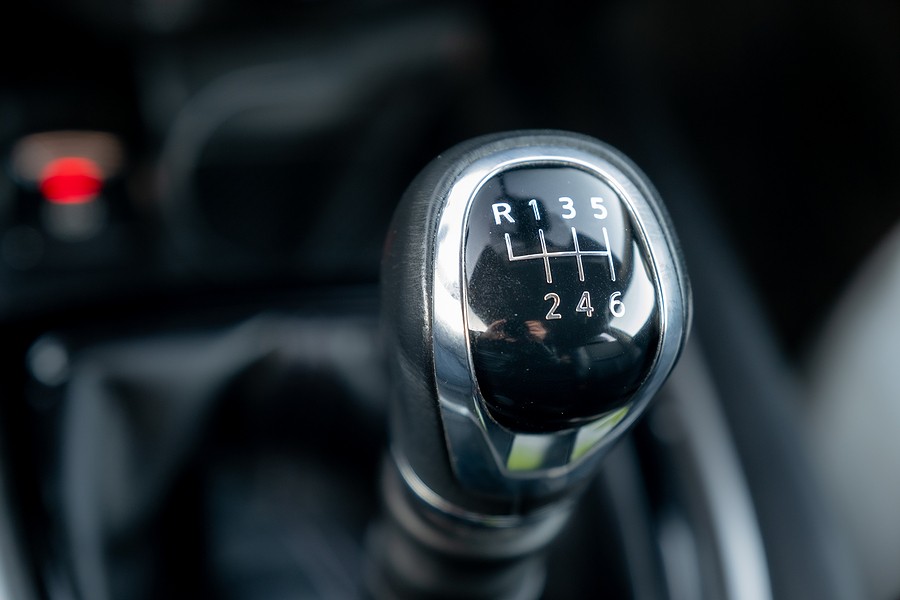
How are the transmission and the CV joint related?
A CV joint, or constant velocity joint, is a part of your car's drive train that essentially connects the transmission to the axle. The components inside are designed to allow for smooth rotation even while under heavy load.
The CV joints consist of 3 main parts:
- A metal shaft where power from the engine is transferred to the drive wheels.
- Two half joints are connected to this metal shaft and are designed to allow smooth rotation despite the significant load.
- A boot is an external lining that protects the mechanism from dirt or water that could cause problems down the line.
A CV joint has a few moving parts that need lubrication, or they can start to wear down. Once the components inside the joint are worn down, there won't be any power transfer, and your vehicle will stop moving altogether while this is happening.
When we're cruising along the highway, we don't consider that our car needs some TLC or else it might give up on us in a time of need, but that's just the truth of the matter. The main parts of your car are designed to wear down so they don't hurt other parts in your system, but you can prolong their lives with proper service and maintenance.
How is it related to the transmission?
The transmission is not an isolated unit on its own; it needs to be evaluated as part of the entire vehicle to ensure that it can't transfer power further down the line. If something goes wrong with a transmission, you will likely notice warning signs early on, such as noise or delayed response while driving.
If your car stops moving after shifting gears and you suspect there's some internal damage to your transmission system, you should get it checked out as soon as possible to avoid any further problems.
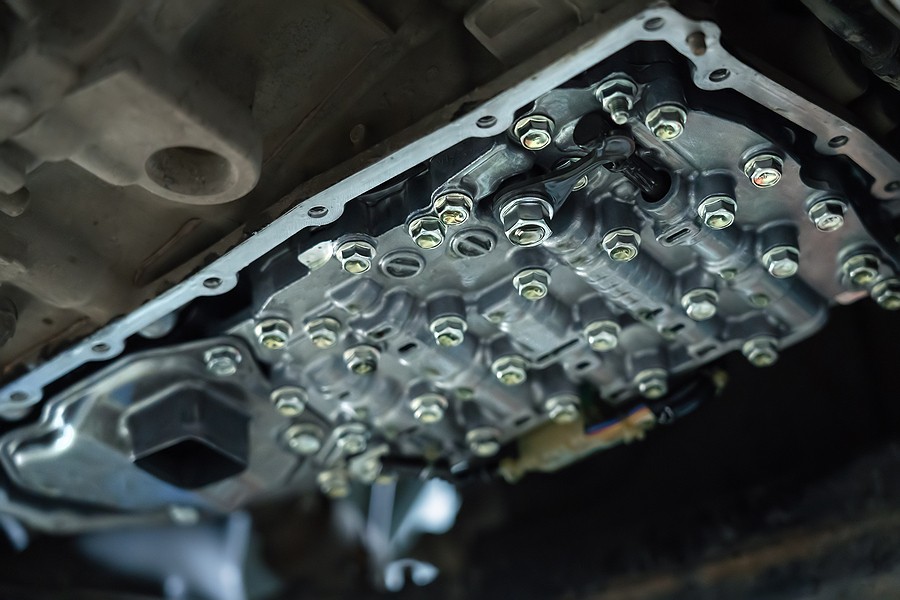
What causes transmission problems after CV joint replacement?
Once your mechanic replaces a faulty or worn-out CV joint with a new one, everything should go smoothly, and you'll be back on the road within hours. here are the common causes for transmission problems after CV joint replacement:
#1 Lack of lubrication
When you replace a CV joint on your car, it is crucial to ensure that the transmission fluid is at its optimum level before you begin to drive it again. If your mechanic fails to do this for some reason, there is a good chance that the transmission will start to wear down soon after because of the lack of lubrication on its main components.
#2 A faulty seal
It's possible that the new CV joint boots don't fit tight enough on your car, which can lead to damage caused by dirt or water getting into the boot and exposing the internal components of the joint. Changing boots without an inspection could also result in problems with sealing, so make sure you have this checked out by a professional if you suspect there's an issue here.
#3 Clutch malfunction
If something happens to your clutch while driving due to a loose connector or some other internal damage, it can lead to transmission issues down the line. This is especially true after replacing a CV joint because you should always check that all other components are working properly before passing any motion up the line.
Although possible, you shouldn't run into problems with your transmission after changing just or two CV joints unless it's due to an underlying issue with your car. If there is another reason for this problem, you should be notified ahead of time, so make sure you get an inspection done if you suspect there might be something else going on here (such as bad solenoids).
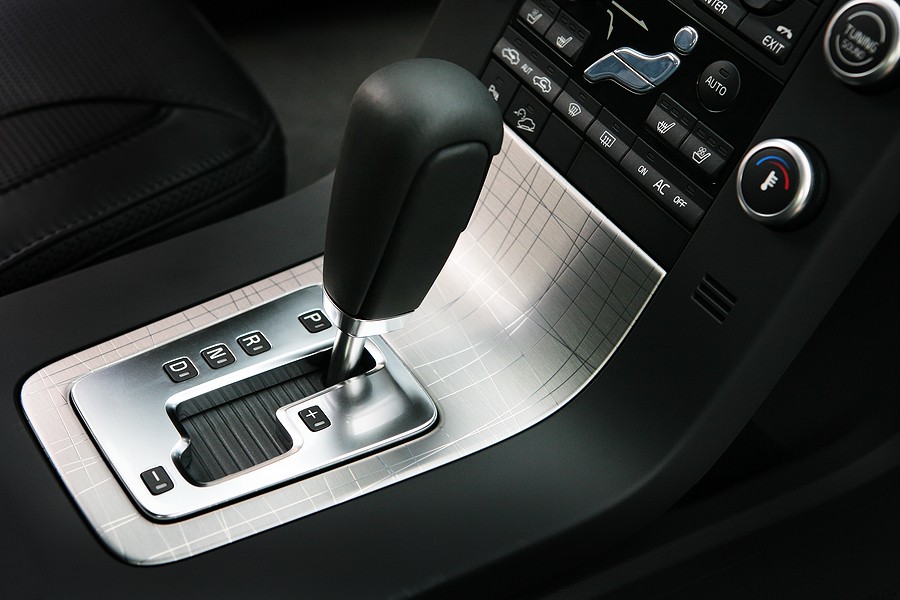
How to fix transmission problems after CV joint replacement?
If you had to deal with transmission problems after CV joint replacement, there are certain things you can do to fix the problems, including:
#1 Check fluid
Make sure that your vehicle is filled with the appropriate transmission fluid level before you begin driving it again after a replacement. In most cases, there should be someplace on your dashboard where you can check this easily, so take a look and see if everything looks good.
If not, have the mechanic top up the oil or change it as needed to have your transmission running smoothly once more. Changing the fluid doesn't take much time unless you let it go for too long, in which case you will need to replace all of it or part of it (up to about half) to make sure everything remains lubricated properly.
#2 Get an inspection done
If something seems off after replacing one or two CV joints, an inspection will likely reveal the root cause of the problem. On the other hand, if it's just a seal not fitting well enough or some other similar issue that doesn't affect how your car operates, you should be able to take care of this yourself once you have more information.
Otherwise, call up your mechanic and let them know about the problem so they can fix it for you before anything gets worse. With proper service and maintenance, your transmission shouldn't pose any problems after replacing only one or two CV joints unless there was another reason for this occurring in the first place.
However, if it continues to fail, you might want to consider having the entire system inspected again to see what kind of damage has been caused internally by lack of lubrication (if any).
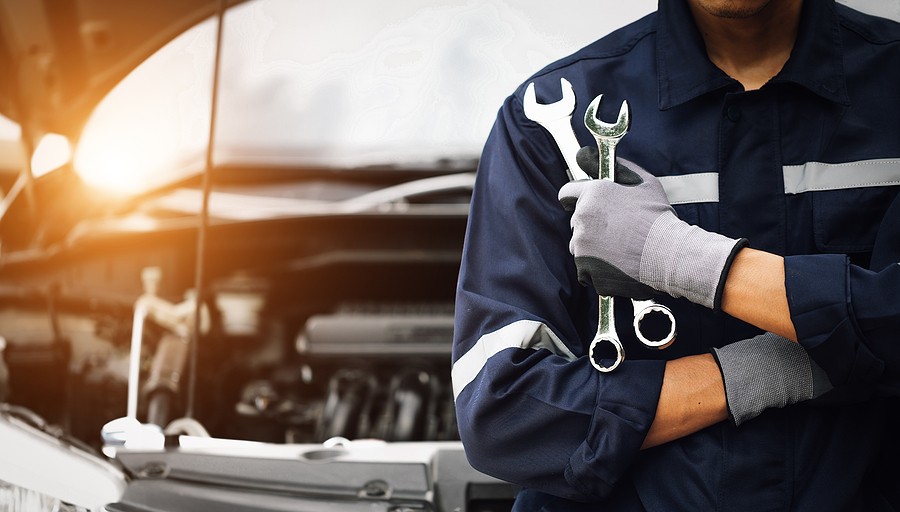
The most important thing to remember about dealing with transmission problems after CV joint replacement is that you should never ignore it and try to drive on.
Even though this might go away temporarily, the problem will only get worse over time and eventually lead to a complete failure of your entire transmission (leaving you stranded on the road). So make sure that you make up for lost time immediately by taking care of the problem as soon as possible.
If you have any questions or concerns, have a mechanic look at your car before attempting to drive again just in case there's anything else going on here.
#4 Get another opinion
If all of your car's systems are checked out, but there is still something wrong with it, you might want to consider getting another opinion on what could be causing the transmission problems. This may sound like a redundant step at first, but it can often reveal any underlying issues missed by one mechanic or another during the initial inspection.
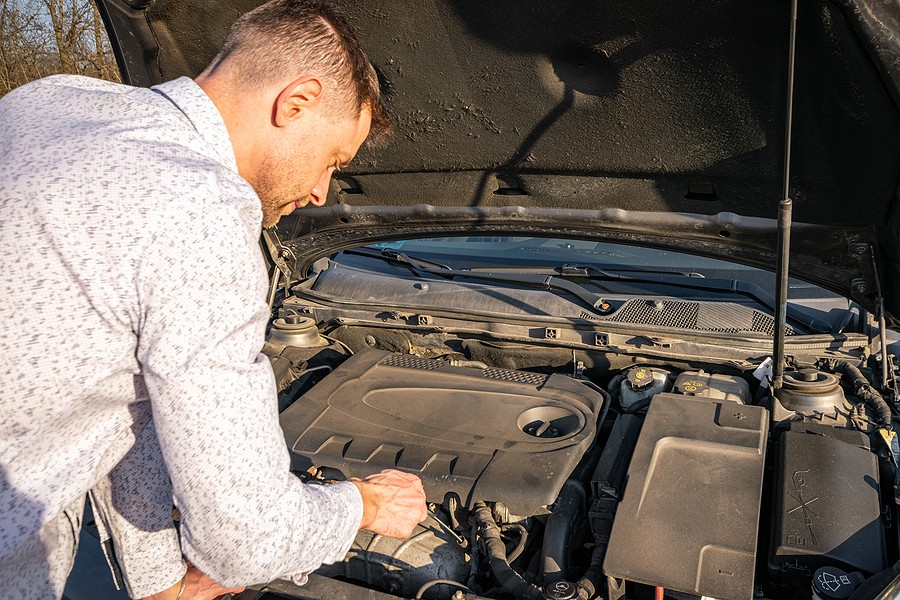
How can I prevent future transmission problems?
Changing your gearbox oil regularly and maintaining proper levels will cover most internal transmission problems you might encounter, including issues after CV joint replacement.
If this doesn't solve the problem, make sure that you get it checked out right away to avoid damage (and more expensive repairs) in the long run. On the other hand, if everything looks good, prepare for something to go wrong again at any given moment because things like this don't just happen out of the blue.
For example, If you've had to replace a CV joint or two recently, it's not unrealistic for this to cause some damage elsewhere, which might lead to other problems shortly.
In most cases, a CV boot can get ripped or damaged, which will cause a leak if it isn't repaired properly right away. This could lead to a lack of lubrication which can quickly cause even more damage to your car's internals.
By having a mechanic inspect the front end for any issues, they will be able to take care of anything that might cause problems in the future before it becomes an issue. This is especially important if something was damaged during CV joint replacement because it's a relatively simple process to replace your front end if needed.
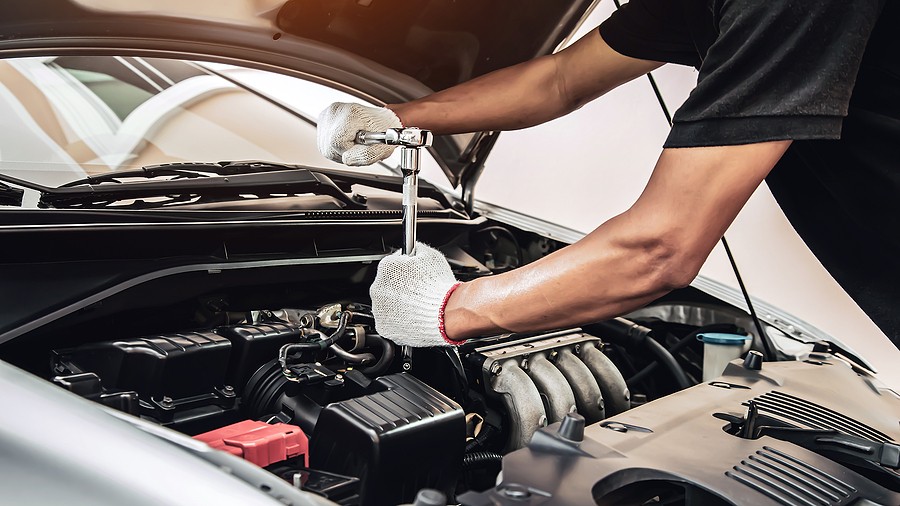
How long will it take for my car to feel normal?
In most cases, you'll be able to drive without any problems for at least a few weeks after replacing the CV joint(s) on your car.
However, depending on how much damage it caused below, you might still experience transmission problems shortly.
For example, if your CV boot ripped during replacement and wasn't fixed properly beforehand, this could cause a leak that will eventually leave your car without lubrication. The sooner you take care of this issue, the less likely it will lead to any more extensive damage.
Be sure to get your car inspected right away after replacing the CV joint(s) on it to avoid any further problems. By having a mechanic take care of anything that might be wrong, you'll be able to avoid expensive repairs in the future by staying ahead of the game.
If nothing else is damaged internally, there may be no damage done other than to the CV joint itself (and maybe the boot if it ripped).
At this point, you should be able to drive without any problems for at least a few weeks or months before anything else goes wrong.

How much does it cost to fix transmission problems after CV joint replacement?
Replacing a CV joint alone isn't very expensive – the bigger expense here would be getting your car's transmission checked for any issues as well as taking care of any damage that was done as a result of replacing it.
In some cases, you may need to replace other parts on your car's front end as well if they were damaged during the initial replacement.
This is especially common if your car's CV boot is ripped during replacement which will cause damage to various parts of your car's front end (and possibly transmission as well). In this case, you might need to replace a few other things just to avoid any further damage from occurring as a result of using only one CV joint.
On average, you could expect to spend anywhere from around $300 – $1,000 in total on front-end components during replacement. Of course, this is just an estimate, but it gives you a good idea of what to expect when buying parts for your car.
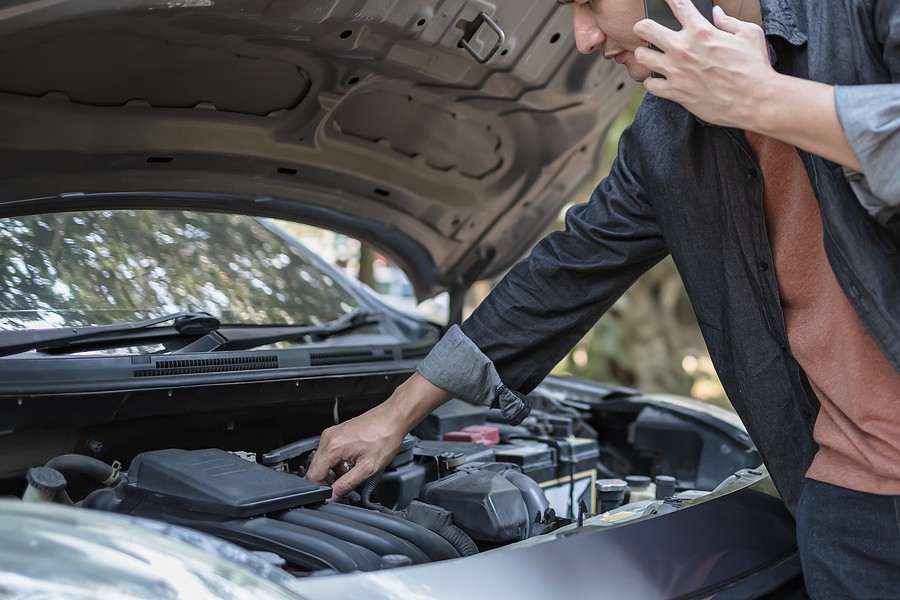
Conclusion
While transmission problems after CV joint replacement are a serious issue, these tips should help you take care of the problem quickly and without too much difficulty.
If your car is equipped with self-adjusting clutches or a torque converter clutch, this could cause issues for other parts in the long run if it's not fixed right away.
By having a mechanic inspect any damage done to your front end during CV joint replacement before driving again, they'll be able to spot potential dangers that might lead to more expensive repairs down the line.
As always, make sure that you change your gearbox oil regularly and maintain proper levels as well – even if nothing else was damaged internally at all! This will go a long way towards preventing future transmission problems from occurring on your car as well as other parts.
This is a good starting point if you've been looking for info on transmission problems after CV joint replacement!

